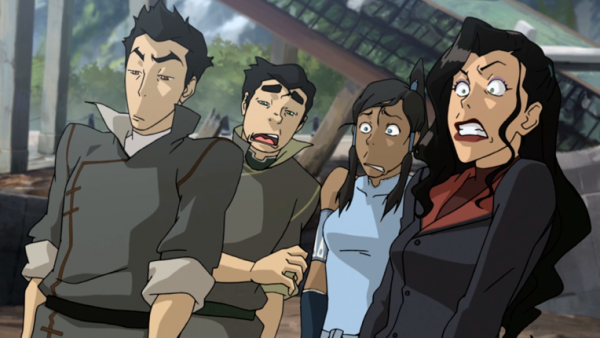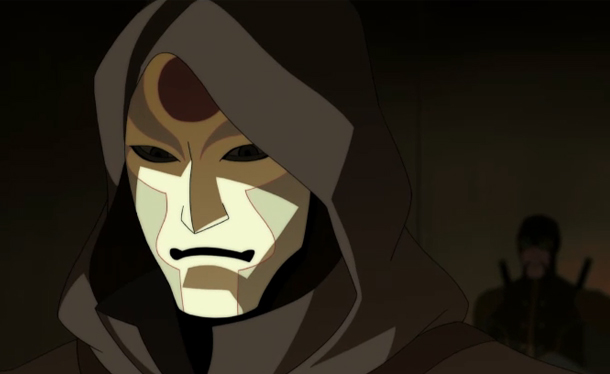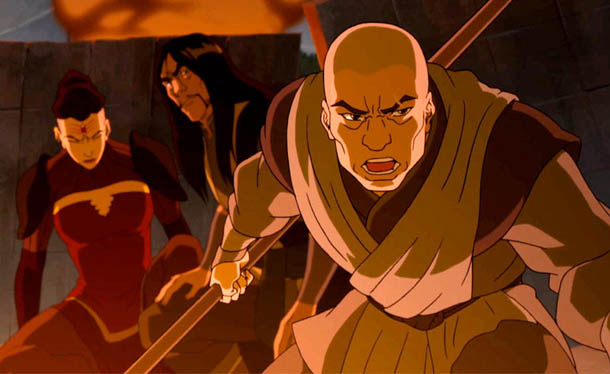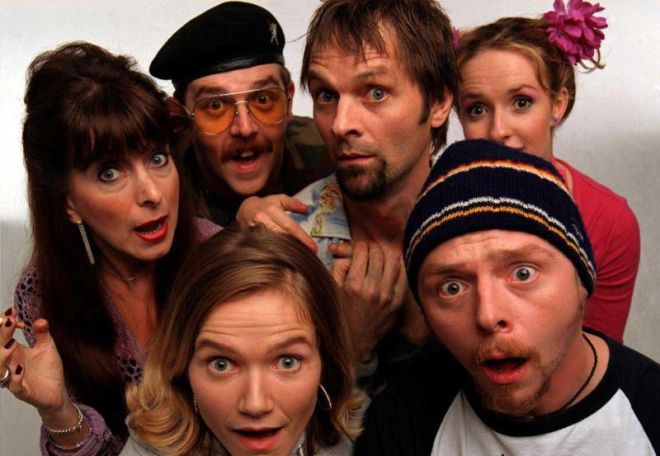
In the wake left behind by Breaking Bad, good television still happened, more or less. It was sufficient proof that there will always be room for great entertainment.
Mind you, this is not a list of the best new TV shows of 2014. It is new TV shows that I found entertaining enough to recommend to people on the mere basis that I enjoyed them and that there existed a possibility that they might enjoy it, too.
In no particular order:
TRUE DETECTIVE
RATING: 4/4
True Detective has several elements working to its benefit from the get-go, both in front and behind the camera. The writing from creator Nic Pizzolatto (who wrote all eight episodes of the first season) provided plenty of juicy material for leads Matthew McConaughey, Woody Harrelson and Michelle Monaghan to work from and the steady direction from Cary Joji Fukunaga (who directed all eight episodes of the first season) resulted in a singularly gorgeous and unified vision that played out like an eight-hour movie. The ending might leave some viewers polarized but it is still undeniably a must-watch show of the year. Whether season 2 in the anthology— with a new cast and without Cary Joji Fukunaga directing— can uphold the standards set by its predecessor remains to be seen when True Detective returns in the summer of 2015.
RICK AND MORTY
RATING: 4/4
How much do I love this show? Put it this way: If Dan Harmon had to leave Community to focus entirely on Rick and Morty… I’d be very happy— and I love Community, mind.
Rick and Morty are like Doc Brown and Marty McFly from Back to the Future. Where the similarity ends is that they ten times zanier and crazier and Rick Sanchez is an alcoholic foul-mouthed grandfather. This is a show that is NOT afraid to push the envelope and boundaries at all— there were TWO cases of attempted rape (a sensitive topic), a mention of “bukkake” and a whole lot of swearing, all whilst sensitively tackling themes ranging from family, marriage, friendship, love and responsibility in the midst of their universe-destroying shenanigans. And did I mention that it’s funny? It’s very VERY funny!
PENNY DREADFUL
RATING: 3.5/4
Fun fact: four James Bond alums are involved in this show— it’s executive produced by Sam Mendes (director of Skyfall and the upcoming Spectre), created by John Logan (Skyfall and Spectre) and starring Eva Green (Vesper Lynd from Casino Royale) and Timothy Dalton (James Bond himself from The Living Daylights and License to Kill).
Penny Dreadful might not be for everybody. But if you enjoy Gothic horror, Dracula, Frankenstein and Dorian Gray inhabiting the same universe and Eva Green killing every scene she’s in, then Penny Dreadful will be your cup of tea. It is sinister, creepy and has a frightening vampire not seen onscreen since Twilight castrated them to sparkly vegetarians. Granted, it might feel a little like a prelude to a bigger story yet to be explored in the next season but it is still entertaining television and that’s what matters.
THE STRAIN
RATING: 3/4
Just like Penny Dreadful earlier this year, The Strain reinstated vampires to their former throne as scary and bad-ass (but mostly scary) monsters of the night! It’s not perfect television— the show stumbles on occasion and unnecessarily drags at times— but it doesn’t stop it from being a gore-fest of B-grade horror fun, especially when the heroes are fighting the vampires instead of engaging in tedious boring drama.The fun aspect is to be expected given that this is partly from the brilliant mind of Guillermo del Toro (he wrote The Strain as a trilogy of books when he couldn’t get it made as a TV series, then the books got made into a TV series- ironic much?), who also directed the pilot and was very much involved in the production of the first season despite his hectic schedule. Not to mention, David Bradley (Mr Filch from Harry Potter, Walder Frey from Game of Thrones) as a cantankerous Van Helsing-type is surprisingly entertaining to watch. The vampires here will also make you squeamish (HINT: they have long snake-like stinger tongues to bite you with). FUN.
THE FLASH
RATING: 3/4
Superheroes are the new rage. Between DC, Marvel and Fox, there are approximately forty superhero movies going to be released between 2015 and 2020. The popularity is crossing over into the medium of television (or rather, it’s filling in the wake left by ten years of Smallville) and it all started with the CW’s Arrow in 2012. But let’s focus on The Flash because it was the best new superhero/comic book offering of 2014.
When they announced The Flash as a TV series, my biggest worry was how they would pull off the necessary visual effects- especially after Bryan Singer made super-speed cool in X-Men: Days of Future Past. How would they not only pull off the Speedster’s effects but also bring to life some of the grander or bizarre aspects of Barry Allen’s mythology- like Gorilla Grodd- ON A LIMITED BUDGET?
That latter part remains to be answered but in the meantime, The Flash is definitely off to a good running start (pun!). The deliberate lightheartedness serves as a welcome relief to the dourness of Arrow, there’s great chemistry between the cast, the characters are likeable enough and there’s the whole mystery of “Who Framed Barry Allen’s Father?” driving the show forward. Props go in particular to Grant Gustin, Jesse L. Martin, Rick Cosnett and Tom Cavanagh for being the compelling emotional linchpins of the show (no, the Iris West romance still isn’t working for me) and above all— for making it fun. The show still has some kinks to work out but if they keep this up, it’s only going to get better.
THE KNICK
RATING: 4/4
Cinemax producing their own TV show is news to me. That it turned out to be one of the year’s finest offerings is another first. But then again, did you expect anything less when Academy Award-winning director Steven Soderbergh (Erin Brockovich, Traffic) helmed every single episode?
The Knick is a medical drama set in early 1920s New York. It is a medical drama in the purest sense, absent of the shine and polish you might find in Grey’s Anatomy. Clive Owen leads the way as Dr Thackery, a cocaine-addicted wunderkind and maverick striving to fill the shoes left behind by his mentor alongside his colleagues. There’s racism, humour, tension and some fantastic cinematography at work here, and the sound production is brilliant, too. It’s great. Very great.
LAST WEEK TONIGHT WITH JOHN OLIVER
RATING: 4/4
The best part about Last Week Tonight is that you can watch segments of the episodes on YouTube— which is how I came across them. John Oliver takes the news and gives us his opinion in a manner that is simultaneously thoughtful and downright hilarious. While he tends to tackles all types of affairs, he seems to have a soft spot for poking fun at the Americans without ever coming off as mean-spirited. Favourite segment: his take on the FIFA World Cup 2014. Favourite moment, on the other hand: the Salmon Cannon.
~
What about you, Dear Reader? What were your favourite new TV shows of 2014?














